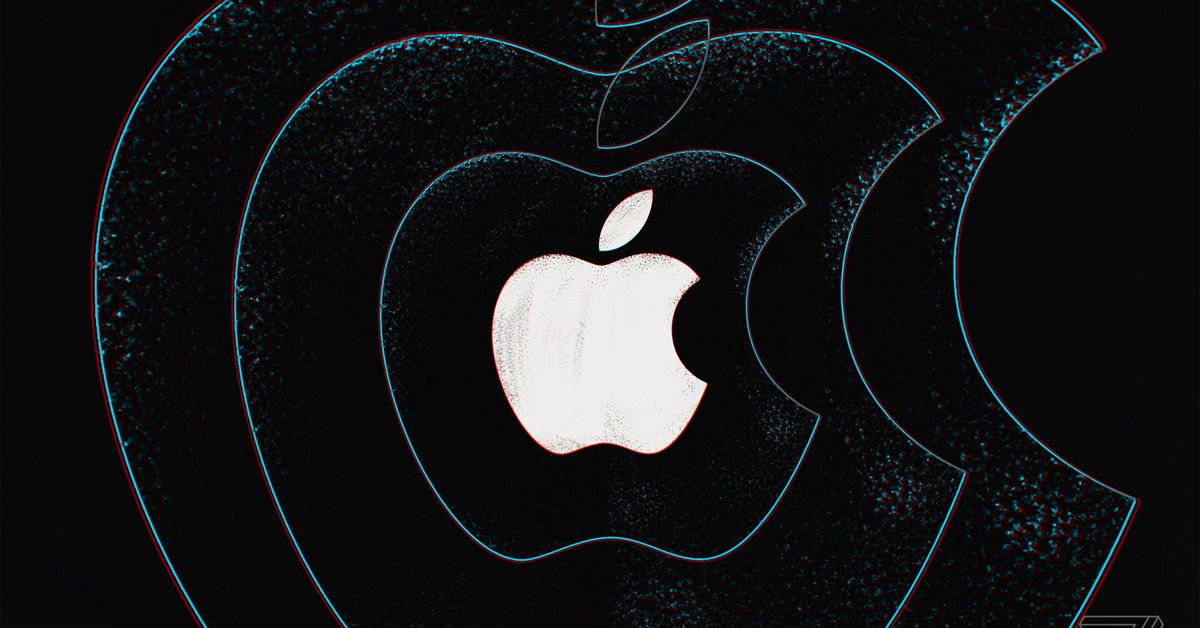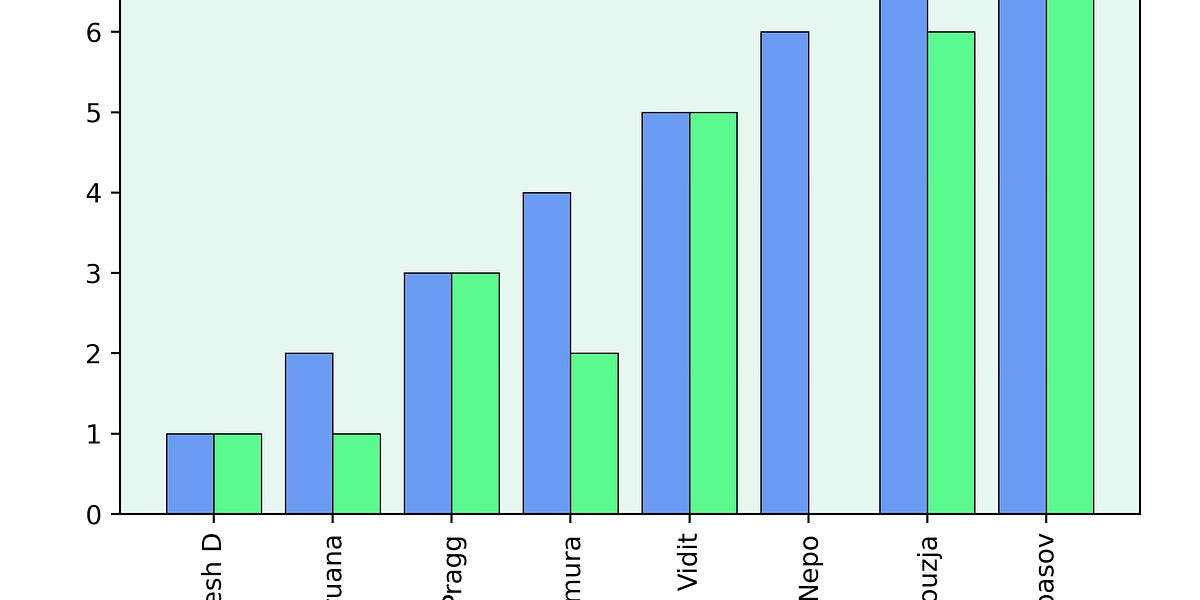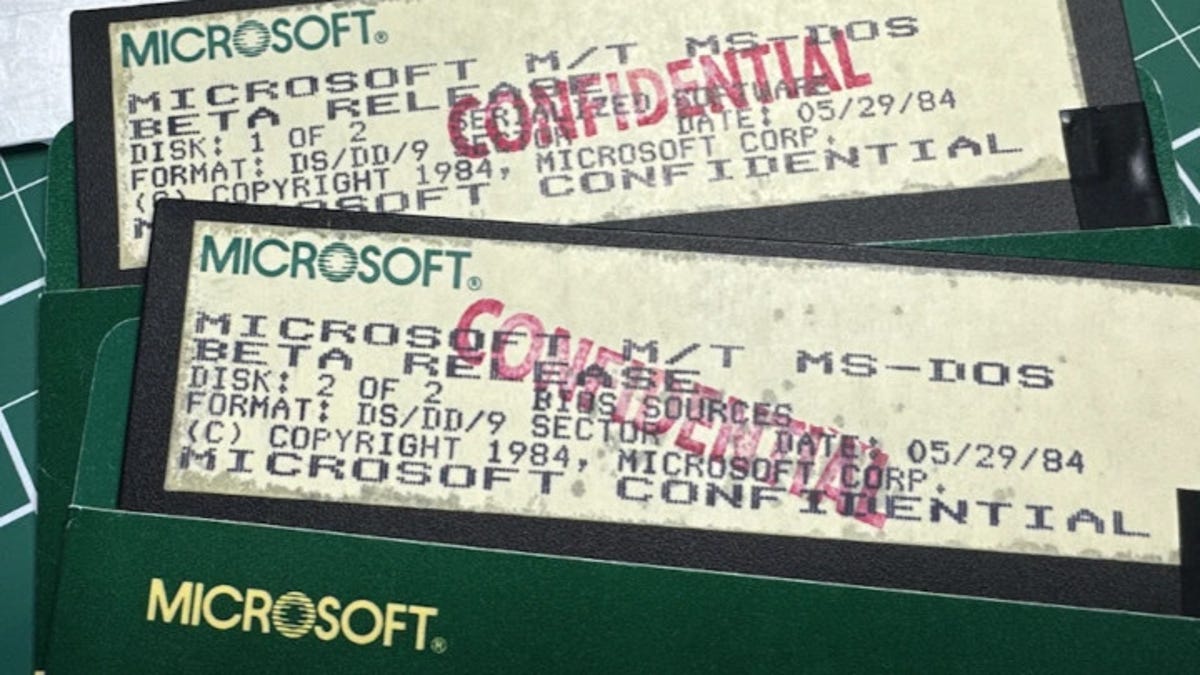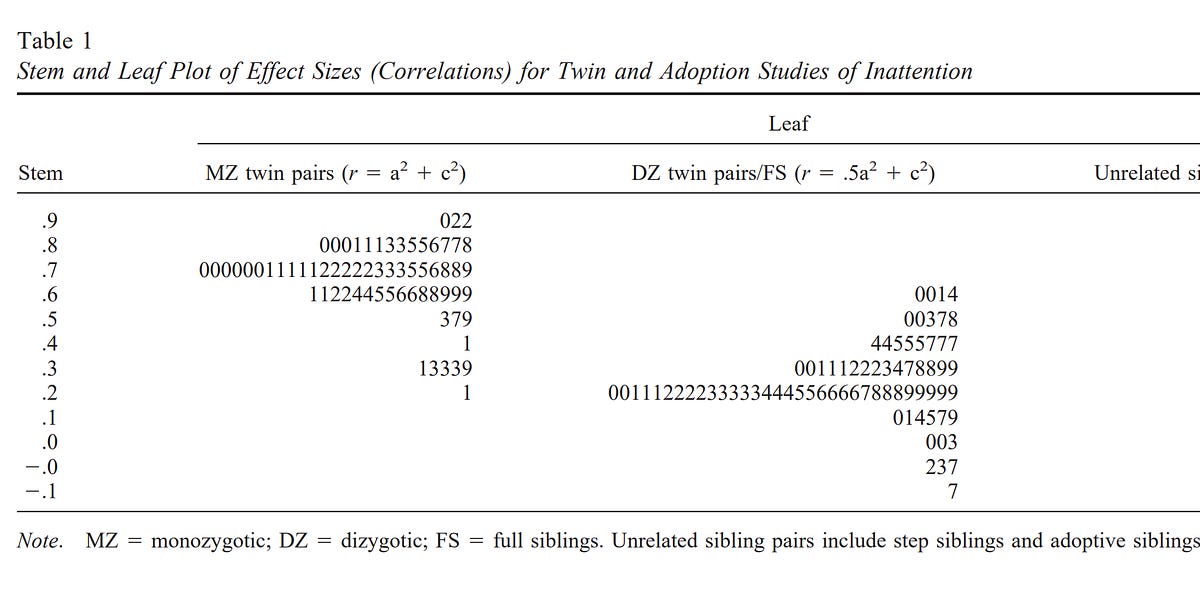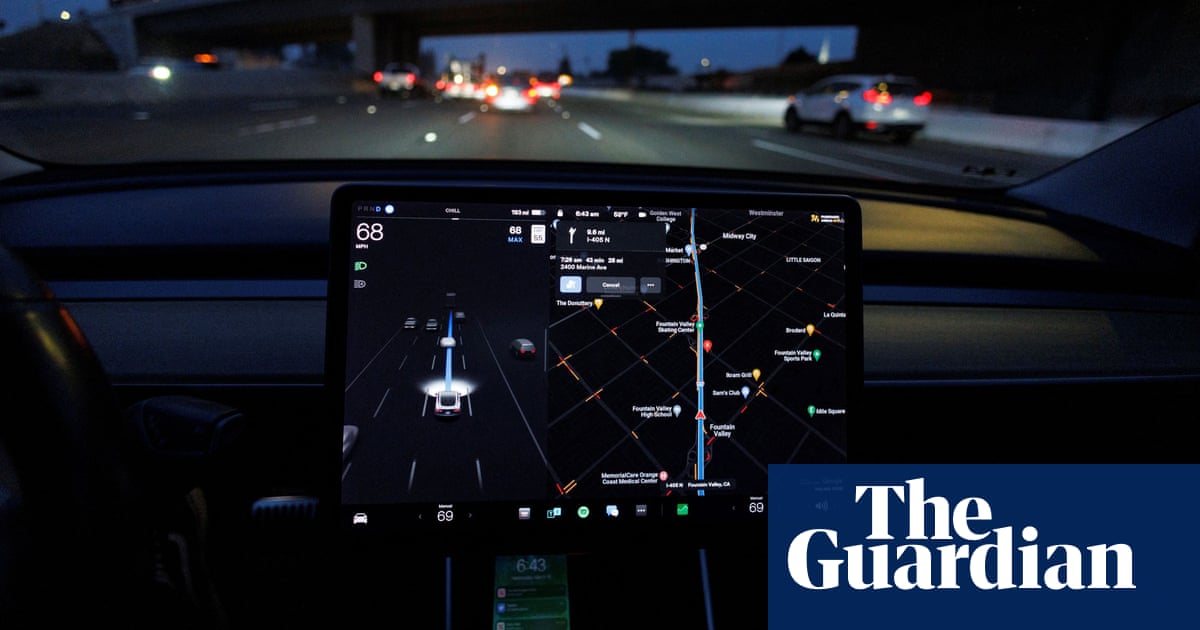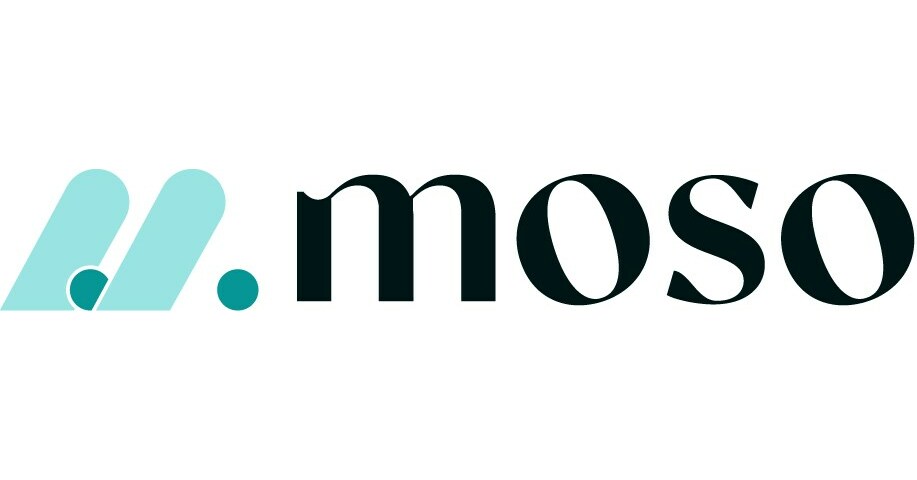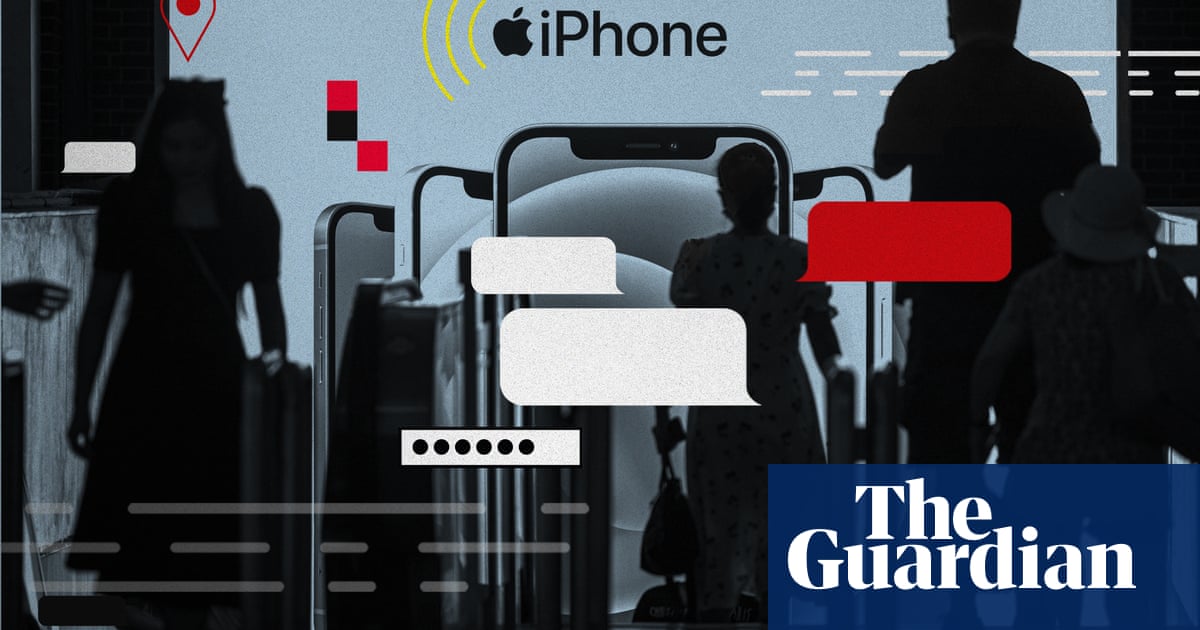
How does Apple technology hold up against NSO spyware?
In one corner, Apple, which has more than a billion active iPhones being used across the world. In the other, companies such as Israel’s NSO Group, developing spyware designed to defeat the most sophisticated security and privacy measures.
And while Apple says it is keeping pace with surveillance tools that are used to attack its phones – it boasts of creating “the most secure consumer platform in the world” – research undertaken as part of the Pegasus project paints a more worrying picture.
That, at least, is the conclusion of new technical research by Amnesty International, which suggests that even the most up-to-date iPhones running the latest operating system have still been penetrated by NSO Group’s Pegasus spyware.
The data leak is a list of more than 50,000 phone numbers that, since 2016, are believed to have been selected as those of people of interest by government clients of NSO Group, which sells surveillance software. The data also contains the time and date that numbers were selected, or entered on to a system. Forbidden Stories, a Paris-based nonprofit journalism organisation, and Amnesty International initially had access to the list and shared access with 16 media organisations including the Guardian. More than 80 journalists have worked together over several months as part of the Pegasus project. Amnesty’s Security Lab, a technical partner on the project, did the forensic analyses.
The consortium believes the data indicates the potential targets NSO’s government clients identified in advance of possible surveillance. While the data is an indication of intent, the presence of a number in the data does not reveal whether there was an attempt to infect the phone with spyware such as Pegasus, the company’s signature surveillance tool, or whether any attempt succeeded. The presence in the data of a very small number of landlines and US numbers, which NSO says are “technically impossible” to access with its tools, reveals some targets were selected by NSO clients even though they could not be infected with Pegasus. However, forensic examinations of a small sample of mobile phones with numbers on the list found tight correlations between the time and date of a number in the data and the start of Pegasus activity – in some cases as little as a few seconds.


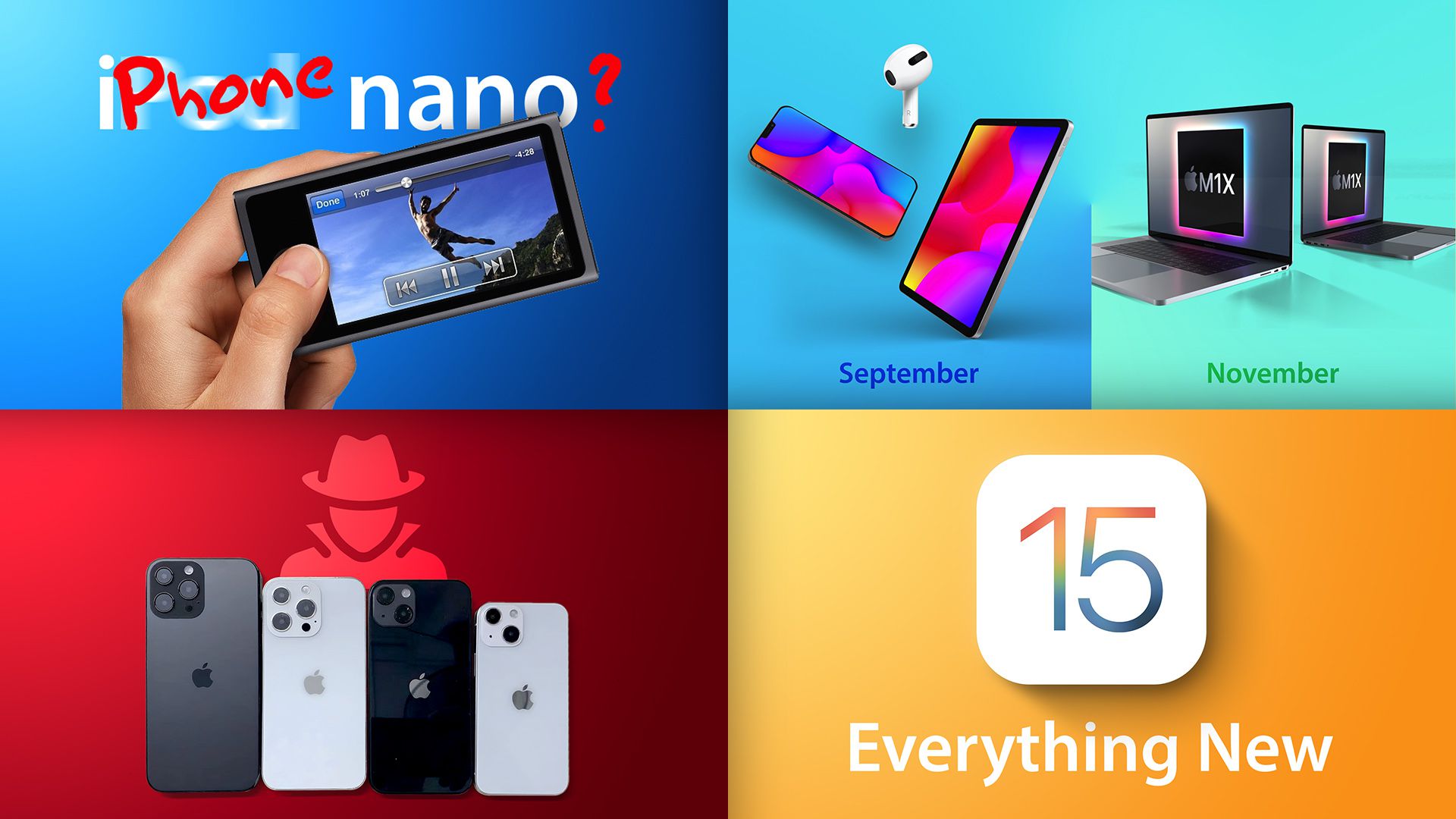




/cloudfront-us-east-2.images.arcpublishing.com/reuters/DFJYDZQLEJJF3F66K4NZMK4CCQ.jpg)

